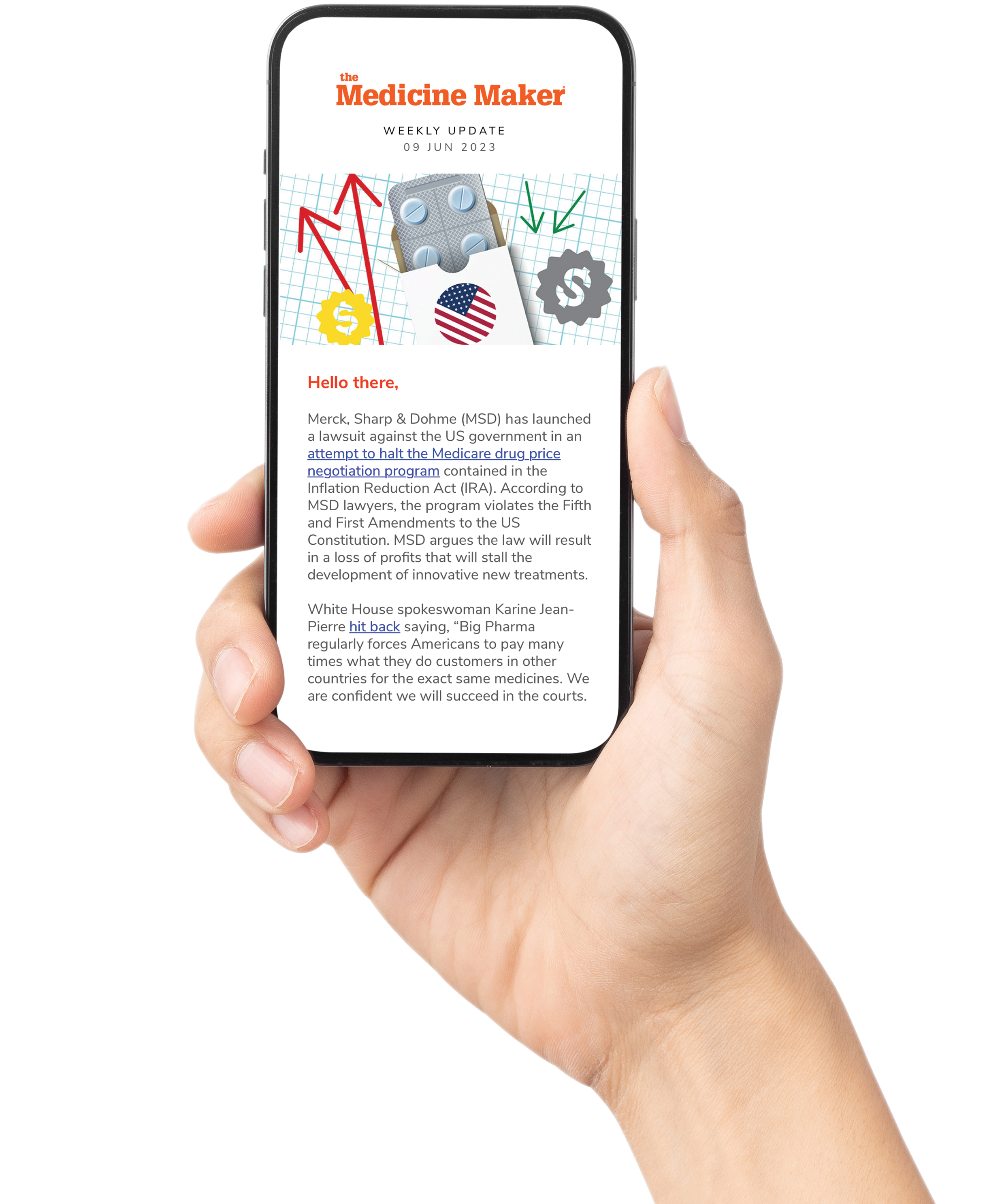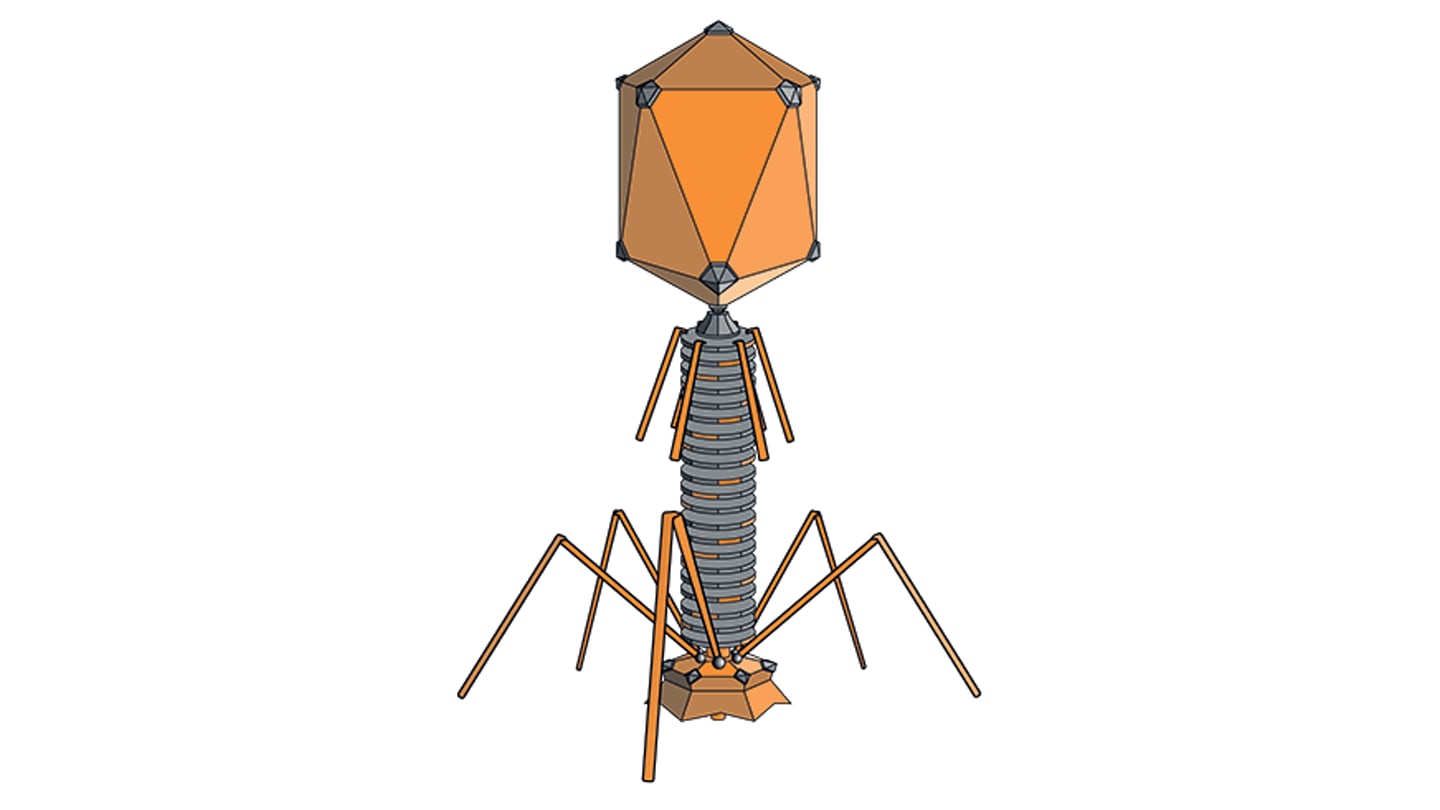
With antibiotic resistance on the rise, scientists are digging deep. Using AI, researchers from the Perelman School of Medicine, University of Pennsylvania, uncovered thousands of potential new antibiotic compounds from archaea, a group of microorganisms often found in extreme environments, including hydrothermal vents and barren salt flats. In lab and animal tests, many of the compounds (called archaeasins) demonstrated high efficacy against bacteria, including drug-resistant strains.
Senior author of the study and Presidential Associate Professor César de la Fuente said: “This is what happens when you point modern AI at the search space of biology: from 12,623 AI-ranked candidates, we synthesized 80 —and 93 percent showed activity in vitro against priority pathogens.”
One lead, Archaeasin-73, delivered in vivo efficacy in mouse infection models, matching polymyxin B and exceeding levofloxacin in a skin-abscess model. “Archaea are a largely unexplored branch of life. By extending our search for encrypted antimicrobial peptides into this domain, we are revealing a vast, previously hidden pharmacopeia.” de la Fuente notes.
Many of the hits seemed better suited to injectable or topical use for skin and soft-tissue infections, as well as wound or burn care. However, the team is also interested in other delivery formats. “We are pursuing stability-by-design – backbone cyclization, D-amino acids, N-methylation, PEGylation or lipidation, and stapling – alongside depot systems such as in situ gels and nanoparticles to enable long-acting profiles,” said de la Fuente. Oral delivery remains ambitious, but could be feasible for select scaffolds after protease resistance and permeability optimization.

For now, the research team believes that hospital-acquired or complicated skin and soft-tissue infections will be the clearest and most obvious clinical indications to target in the future – especially carbapenem-resistant Acinetobacter baumannii. Several archaeasins show multi-species activity (A. baumannii, E. coli, K. pneumoniae, P. aeruginosa, S. aureus, Enterococcus spp.) with low hemolysis in vitro. The team will also evaluate device-associated infections and deep-tissue infections.
Looking ahead, de la Fuente views archaeasins as a platform proof-of-concept: “With AI we can now mine biological data for hidden molecules with antibiotic potential, compressing the time that it takes to identify new candidates from years to hours.”




